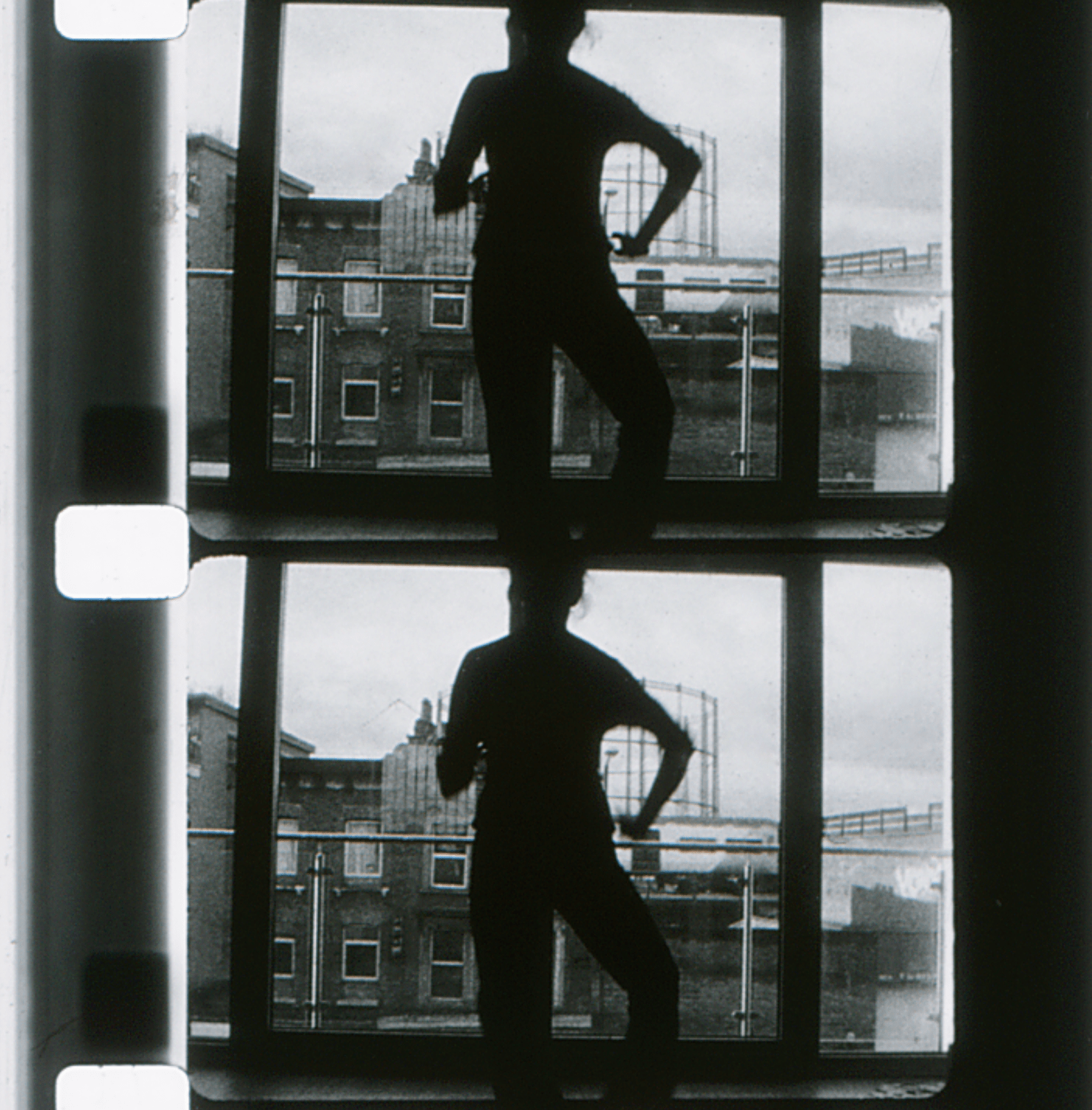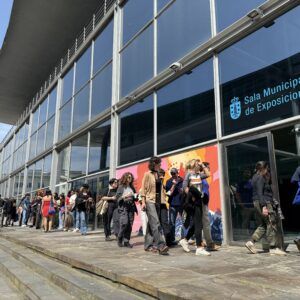By Stephen Broomer (Text from the book Jeannette Muñoz El paisaje como un mar. Edited by Francisco Algarín Navarro. Lumière 2017)
I offer this in response to only a small selection of Jeannette Muñoz’s Envíos, films that the artist has made as gifts. Each Envío is dedicated to its recipient, and Muñoz’s accompanying statement further distinguishes these works not in the life-writing tradition of letters, but as a distillation of time. Lending further complexity to their authorship, Muñoz has written that the Envíos are “realized with and/or for” the recipient.

The underground cinema was anchored in a generosity of spirit when the lyric film first emerged out of the utopian ambitions of the 1960s. It was in this era that Stan Brakhage announced his desire that his work should be seen in-the-parlour, in intimate space, and he manufactured 8mm home-copies for this reason. Gregory J. Markopoulos, with his Galaxie (1966), assembled a group portrait of Greenwich Village artists in their homes, a kind of public memento of such intimacies. Jonas Mekas’s soulful, epic film-diaries are compartmentalized by typewritten descriptions that make his portraits and experiences all the more gifted. For such filmmakers, cinema became an occasion for trading visions, for giving witness to love, a communal act, each film a pouring of experience into simultaneously physical and ephemeral forms, the physical reel, the ephemeral projection. One or the other can be given freely. This magnanimity of vision was particular to the
possibilities of that era, to the singing in of a new world, the abandonment of ego, the vanishing of the artist into the object. Such ambitions for the underground cinema characterize it as one where selflessness is paramount, where the artist becomes increasingly anonymous, minimizing the role of personal authorship in favour of communal authorship. Each work becomes a modest contribution to one of the underground cinema’s great projects, that of translating visions of the world into the higher realm of poetry.
Jeannette Muñoz’s Envíos (2005–) follow this line in personal filmmaking, moments captured in their presentness and gifted to others in the form of the 16mm film reel. Her project literalizes this act of giving, each film made for/to friends or family and packaged in dedication, a gesture that recognizes, first, that film gives us a means by which to share perception, but more, that those experiences are enriched and made meaningful in the act of gifting. This sets fascinating, even oppositional stakes for the Envíos, in that they are tokens of community, specifically, of community largesse, and yet, as the yield of Muñoz’s vision, these moments are also personal and individual. In other words, all of this gift-giving would be meaningful only for the act itself, but their meaningfulness is enhanced by the fact that
Muñoz’s films are marked by an incredibly individual sensibility, one which has remained mature and consistent throughout the development of this project. Even in those works where the suggestion of collaboration indicates a truly mutual vision, the whole of the project coheres piece by piece.
In the Envíos, this individuality is evident through the films’ reflections on time. One aspect shared among many of these films is the sustained attention that Muñoz gives to specific sights, long takes on landscapes, dancers, shorelines. There is a uniformity to these long takes, in that they are consistently extended into the realm of meditation. For example, in Envío 27 (2013), a take of waves breaking on rocks extends well beyond telling, conveying the experience of sitting and staring into the ocean. This is not the searching eye of the lyric tradition, but a probing and insistent gaze into the landscape, and so what is being shared is not mere experience; there is also an invitation to enter and share space. Likewise, in Envío 5 (2006), two shirtless men playfully mug for the camera and mime fighting, in a
long take with a fixed composition, broken by rapid scenes of bus trips in Santiago de Chile. Unlike the shoreline in Envío 27, the focus is on human presence, and the result remains an invitation into space, in this case an intimate space of cheerful occupants. Human and animal presences appear in a number of the Envíos and distance the series from becoming strictly psychogeographic and environmental, for example, in Envío 13 (2009), where a young woman’s shuffling dance dominates the image, first in close-up, then in medium, the two compositions divided by scenes of a woman and five children in Santiago de Chile. A similar bounding of vision occurs within another of Muñoz’s series, Puchuncaví (2014–), marking this as a characteristic common to Muñoz’s cinematography. This embrace of stasis does not restrict Muñoz from pursuing other dynamic territories, for instance, in Envío 23 (2010), where kinetic gestures and fragmentary compositions give rise to abstractions of light.
The Envíos are both reports of vision and collaborations. They are not merely outgoing correspondence, for Muñoz’s vision has been so coloured by instruction and intention, by her knowledge of these ideal viewers. In this the work again enters an oppositional territory between concept and expression, with concept serving to disavow the individualism of the image, and expression inevitably reinstating that individualism, bonding each to the integrated whole. Now ongoing for the past twelve years, the Envíos assemble a vision for life that is dedicated to community and continuity, to a coming generation. Envío 21 (2010), a portrait of children on swings, divided by close-ups of the children laughing, speaks to this dimension, that when these films stare at the domestic, they stare to the future. Such visions also serve to make the gestures of this tradition, inherent to the underground, to the Bolex, and shared between Muñoz and many of her dedicatees, not merely past or passing but eternal.
Muñoz has established within the Envíos a number of parallels and oppositions, between presentness and telling, reportage and dialogue, the communal and the individual. What does it mean, then, to be both public and intimate? Meeting in caves, meeting on edges, meeting as a sacred order, sharing light, sharing time, sharing visions that are tender and fleeting, compounding visions, making them dense, direct and personal, individual as the tone of the dedicator as she addresses this experience to you.





